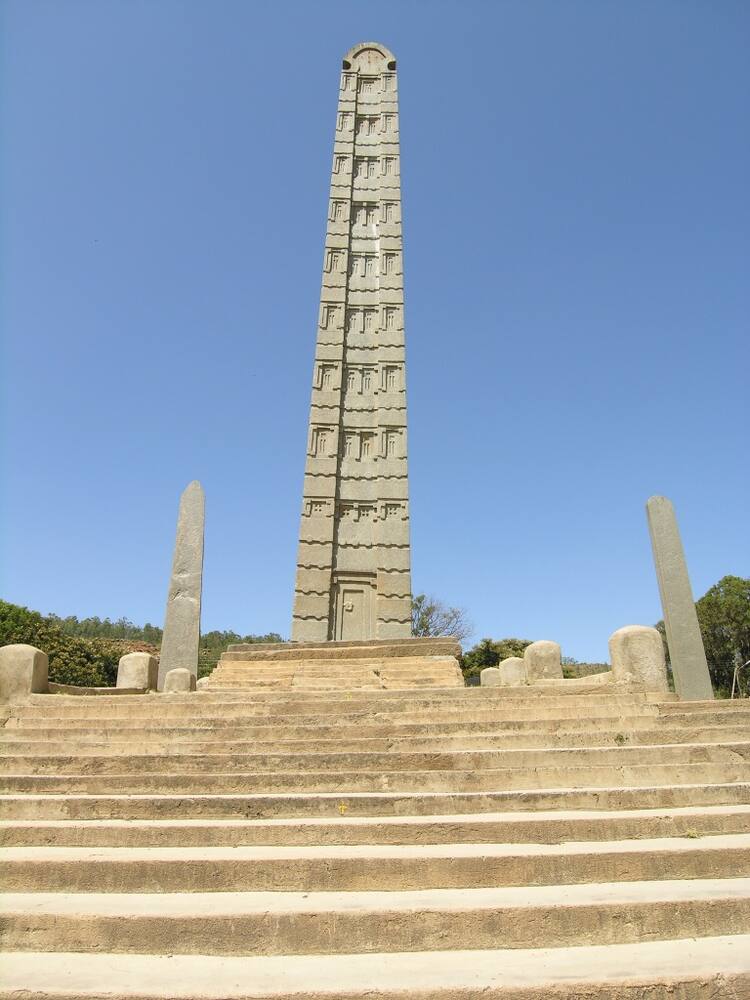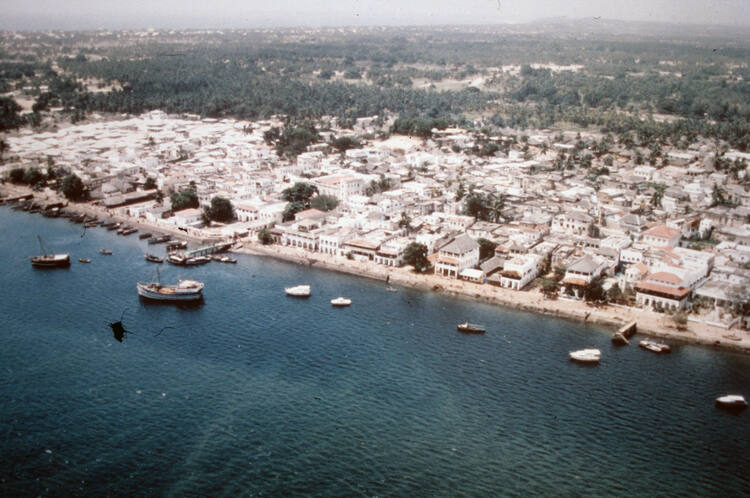3.02H Big Picture Africa
Ancient City of Aksum:
The ruins of Aksum, located in Ethiopia, was the capital of the Kingdom of Aksum, and "mark the location of the heart of ancient Ethiopia." The Kingdom of Aksum was the beginning of Ethiopia, as it later gained the name as they started to conquer other areas. The location is living evidence of the Kingdom of Aksum, which at one point was one of the most powerful states. In fact after it's decline, emperors of Ethiopia continued to still be crowned there.

This site is important to the history of Ethiopia because it symbolizes it's beginnings, and it's importance in the development of human civilization. According to UNESCO, it "is possibly the largest monolithic stele that ancient human beings ever attempted to erect."
Great Zimbabwe National Monument:
The Great Zimbabwe Monument is a preserved area that contains the ruins of Great Zimbabwe. It covers an area of around 80 hectares, or almost 200 acres. Things such as the buildings people lived in, the area they developed, and what they had and developed are very prominent here. The city was an important trading center during it's time.

This site is very important to history because of the fact that it is literally a time portal as you step into it. Here, you can witness first-hand what life was like between 1100 and 1450 A.D. More specifically, since it was a very important trading center during it's time, it can help explain the development of trading in it's region.
Lamu Old Town:
Lamu Old Town, located in Kenya, is the oldest and best-preserved Swahili settlement in East Africa. It was once a very important trading center in Eastern Africa. Until the 19th century, it rivaled Mombasa "as an entrepôt for gold, spices, and slaves."

This site is very important to Swahili history/culture because it is one of the best-preserved examples of it. It shows the many influences of Europe, Africa, and Asia that have taken place throughout most of the second millennium.